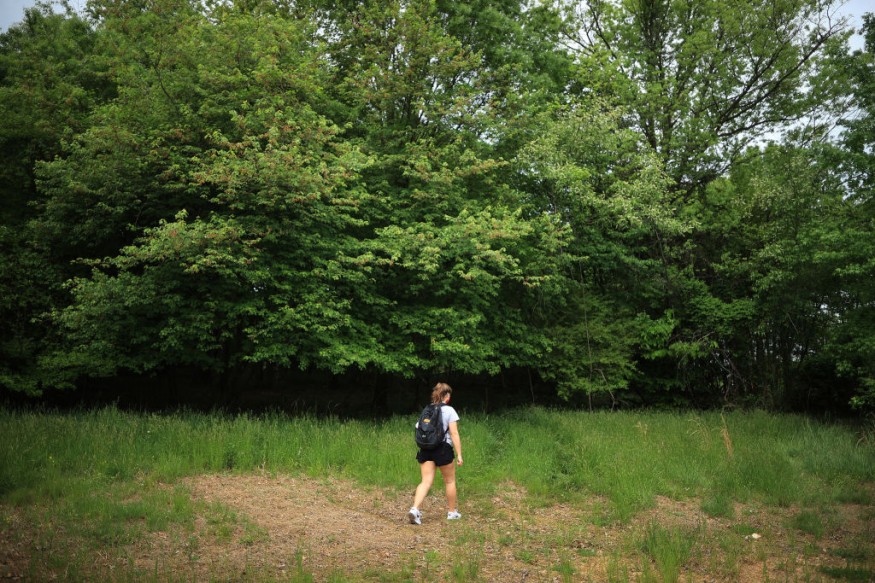
The idea of trees speaking to each other sounds like an idea flown straight from high fantasy. However, science has at least proven that trees can actually respond to stimulation and that idea is central to the theory that they can communicate. How these signals are interpreted is not always clear, but years of study show they have some impact on how trees grow and behave within a forest.
Today, more groundbreaking research has confirmed that it may even be possible for humans and trees to communicate at some level. The idea is still a bold proposition and certainly requires more study into how trees interact with each other. Regardless, it certainly has wonderful implications for the way woodlands can be managed and restored.
The different ways trees talk
There are many factors that make it difficult to really put the idea into practice. For one thing, trees react very slowly and any stimulus they receive could take decades for them to show any sign that they responded to it.
And even in the event that some parts of a tree are more sensitive than the rest (such as leaves and roots), there is still the problem of knowing what type of responses trees will make.
Still, these can be categorized according to the main parts trees use when interacting with each other.
1. Pheromones
Some trees release pheromones in response to having a part of them attacked and consumed. These pheromones, in turn, are picked up by the leaves of other trees and have a sort of ripple effect that tells the whole forest of incoming herbivores.
2. Roots
It has been argued that trees are even more interconnected via their roots (especially in heavily wooded areas where sunlight can be scarcer for younger trees). Parents of younger saplings transfer sugar and other nutrients through the roots when the saplings are unable to receive sufficient sunlight.
3. Sound
Other research has shown that trees can pick up sounds that are not even perceptible to the human ear. More specifically, these are picked up by the vibrations that sound makes through their trunks and branches. The sound of voices can also echo to the very 'heart' of trees, allowing them to detect the presence of other lifeforms in the forest.
Put all three of the above together and the idea of trees talking to each other may not just be in imaginary realms of dryads and dragons. The next question though is: What does it mean for communications to humans?
Also read : Understanding Your Dog Through Eye Contact
Communicating with trees and the growth of forests
It is important to remember that science may not entirely support the idea of speaking to trees directly. On the other hand, humans may not need to. Instead, what must be emphasized is that trees communicate in order to survive as a community.
This sense of community has been documented to go even across tree species. It has led to entire forests slowly spreading towards areas with better climate as opposed to inhospitable ones. It has even influenced a forest's ability to attract birds and pests that ensure that its seeds are spread far. And the more this wondrous phenomenon is understood, the better it can help researchers understand the needs of struggling ecosystems.
Also read : African Wild Dogs can Communicate by Sneezing
© 2026 NatureWorldNews.com All rights reserved. Do not reproduce without permission.





